As companies face ever-increasing regulatory requirements and the need to manage risk, technology is playing an increasingly important role in Governance, Risk, and Compliance (GRC) processes. With the help of advanced software solutions, automation, and data analytics, businesses can identify and mitigate risk more effectively and efficiently. In this article, we'll take a deep dive into how technology can enhance GRC processes and improve risk management outcomes.
Benefits of GRC software solutions
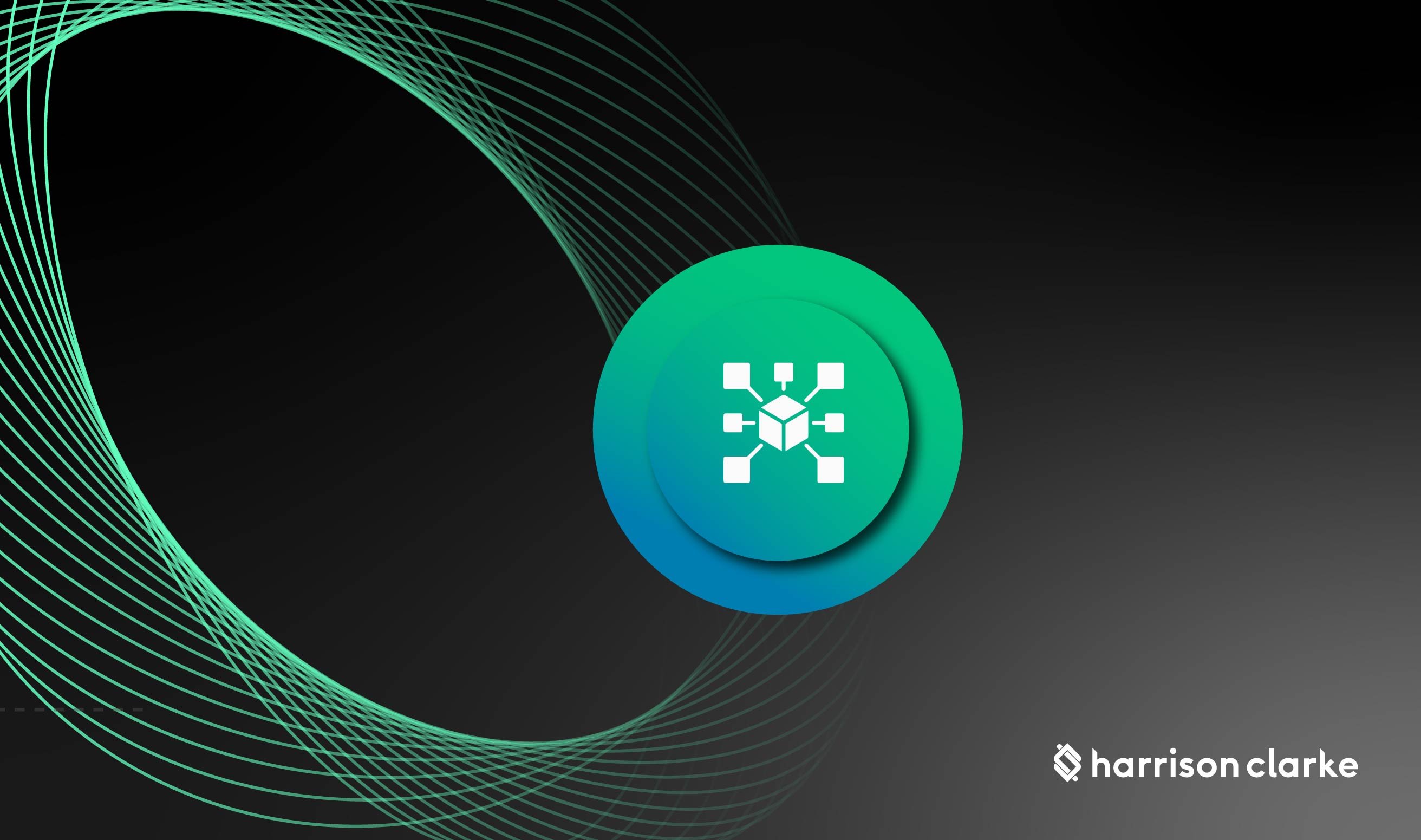
One of the key benefits of GRC software solutions is their ability to centralize and streamline GRC processes. Instead of relying on disparate, manual systems that lack integration and real-time visibility into GRC activities, businesses can use GRC solutions to automate compliance monitoring, risk assessments, and internal control testing. These solutions can reduce the time and effort required to manage compliance and risk, which can save businesses significant costs and resources.
Automation of Compliance Monitoring
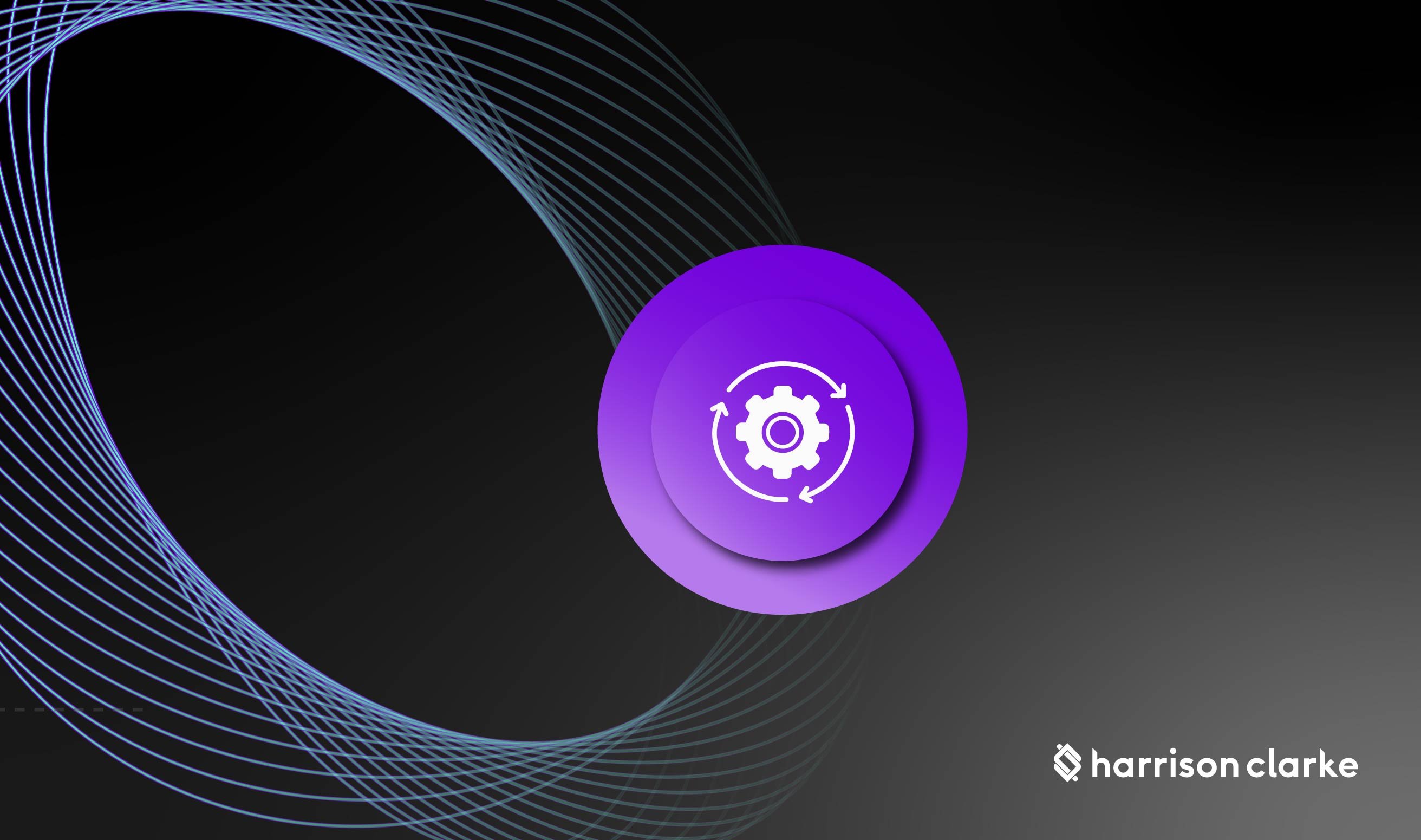
Automation is another key aspect of GRC technology. Automation can be used to monitor compliance with regulatory requirements and company policies, as well as to alert businesses to potential compliance violations. Automation can also reduce the risk of human error and ensure consistent compliance processes across the organization. For example, automation can be used to analyze customer data for signs of fraud or suspicious activity, helping businesses to identify and respond to potential compliance risks.
Leveraging data analytics for risk assessment
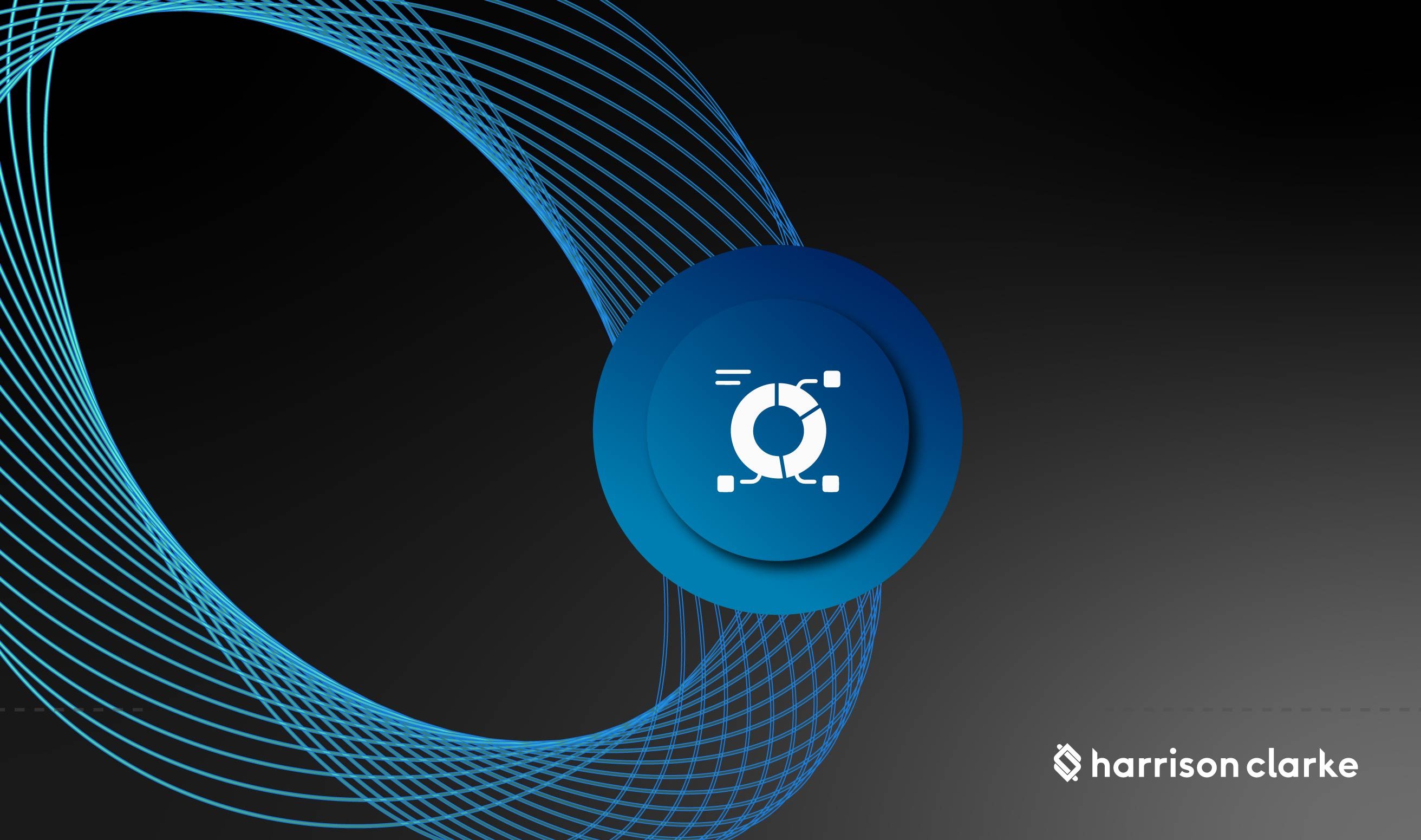
Data analytics is another powerful tool for managing risk in the modern business environment. By using advanced data analytics tools, businesses can gain insights into their operations, identify trends and patterns, and make data-driven decisions. For example, data analytics can be used to monitor employee behavior for signs of fraud or other risks, or to identify trends in customer complaints that may signal operational issues. By leveraging data analytics for risk assessment, businesses can gain a deeper understanding of potential risks and take proactive measures to mitigate them.
The role of artificial intelligence in identifying patterns and anomalies
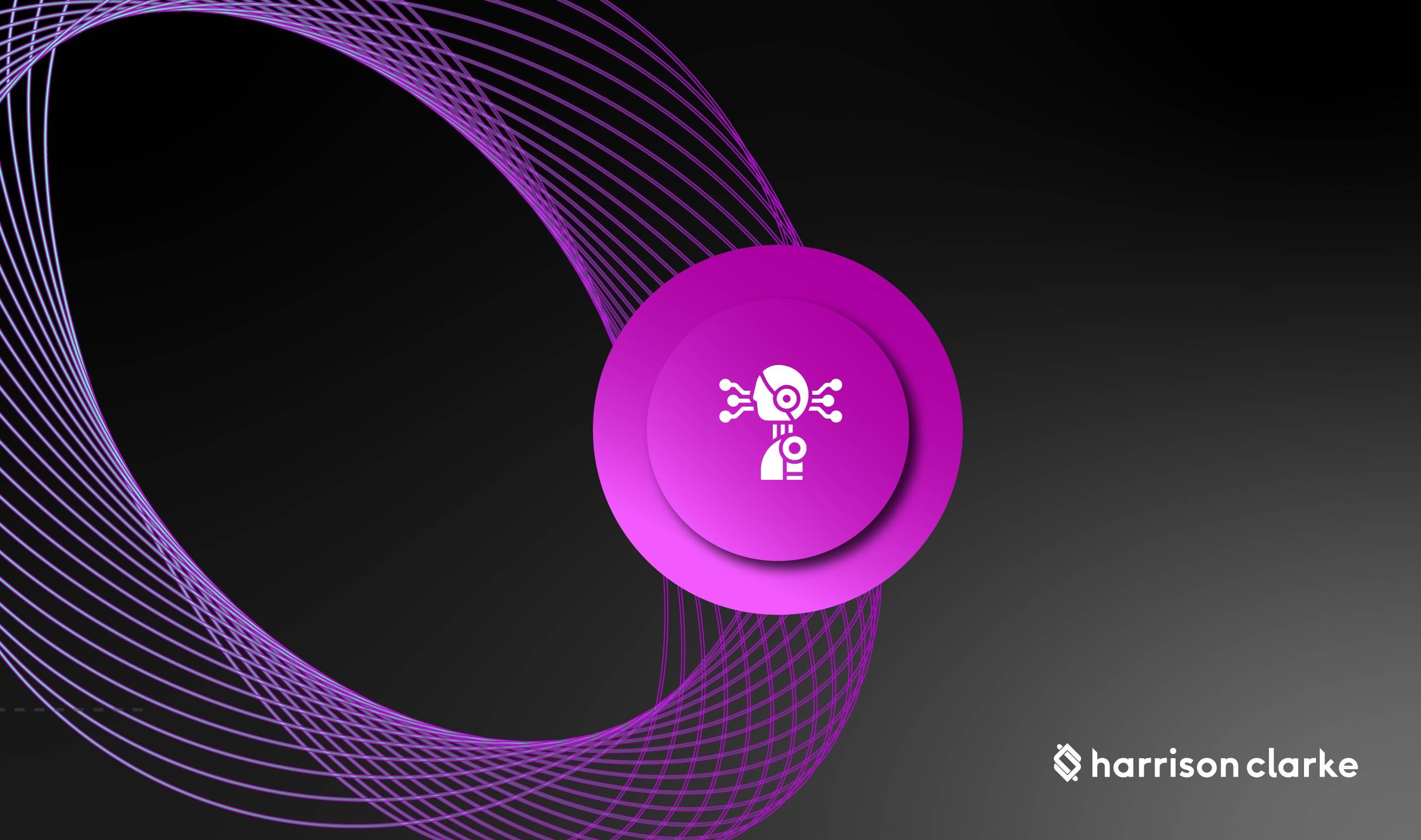
Artificial intelligence (AI) is rapidly becoming a key tool for managing risk in the modern business environment. AI technology can analyze vast amounts of data to identify patterns and anomalies, helping businesses to detect potential risks more quickly and accurately. For example, AI can be used to monitor customer interactions and identify patterns of behavior that may indicate potential fraud. AI can also be used to monitor internal operations and identify anomalies that may indicate potential operational risks.
Potential challenges and considerations when adopting GRC technology
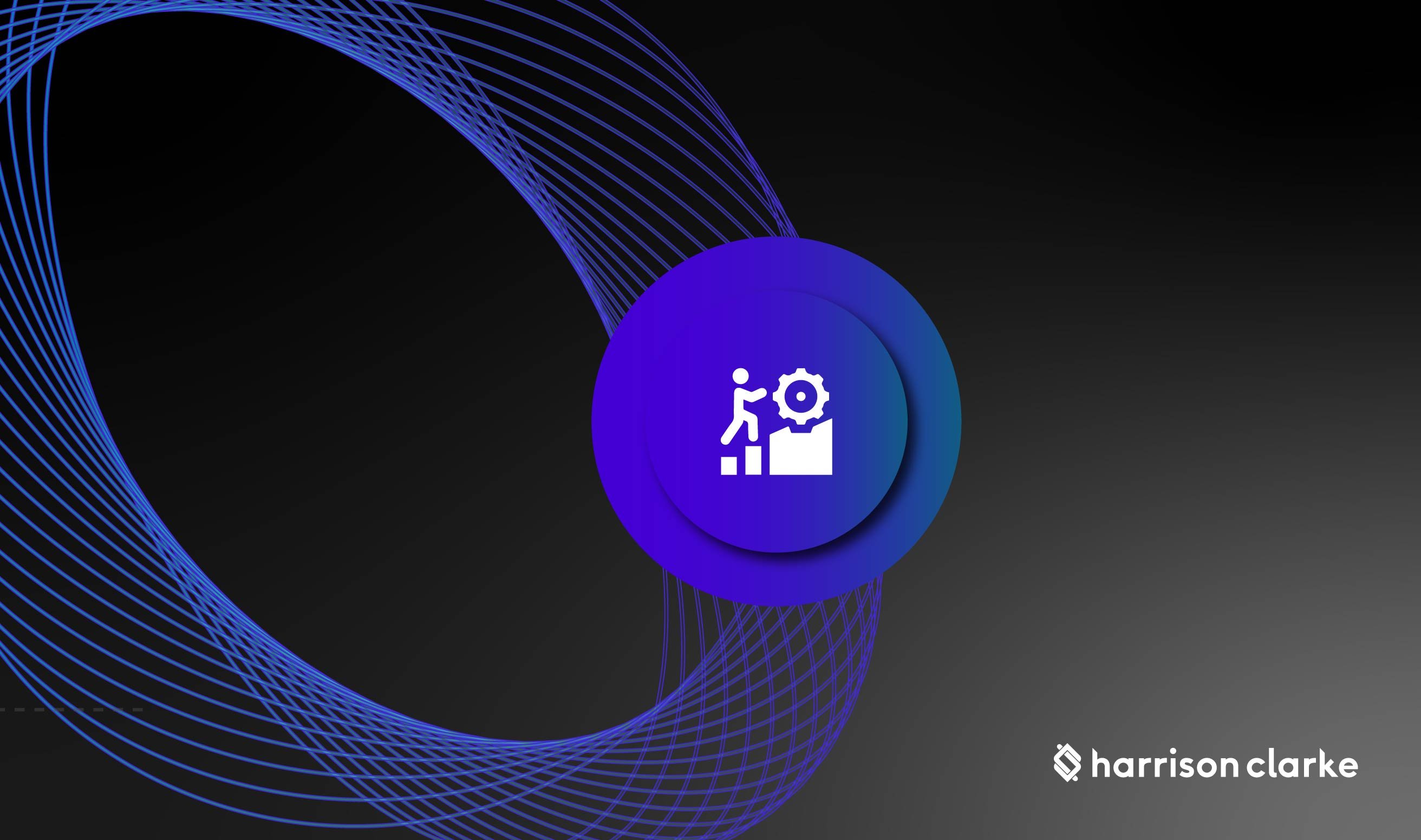
Of course, there are also potential challenges and considerations that businesses should keep in mind when adopting GRC technology. For example, businesses must ensure that their GRC technology is compatible with their existing systems, processes, and organizational culture. They must also ensure that they have the necessary resources and expertise to manage and maintain their GRC technology effectively.
In conclusion, technology is playing an increasingly important role in GRC processes and the management of risk in the modern business environment. With the help of advanced software solutions, automation, and data analytics, businesses can centralize and streamline GRC processes, monitor compliance more effectively, and identify potential risks more quickly and accurately. However, it's important for businesses to consider the potential challenges and considerations associated with adopting GRC technology, and to ensure that they have the necessary resources and expertise to manage and maintain their GRC technology effectively. By doing so, businesses can enhance their ability to manage risk and achieve better outcomes in today's complex business landscape.



